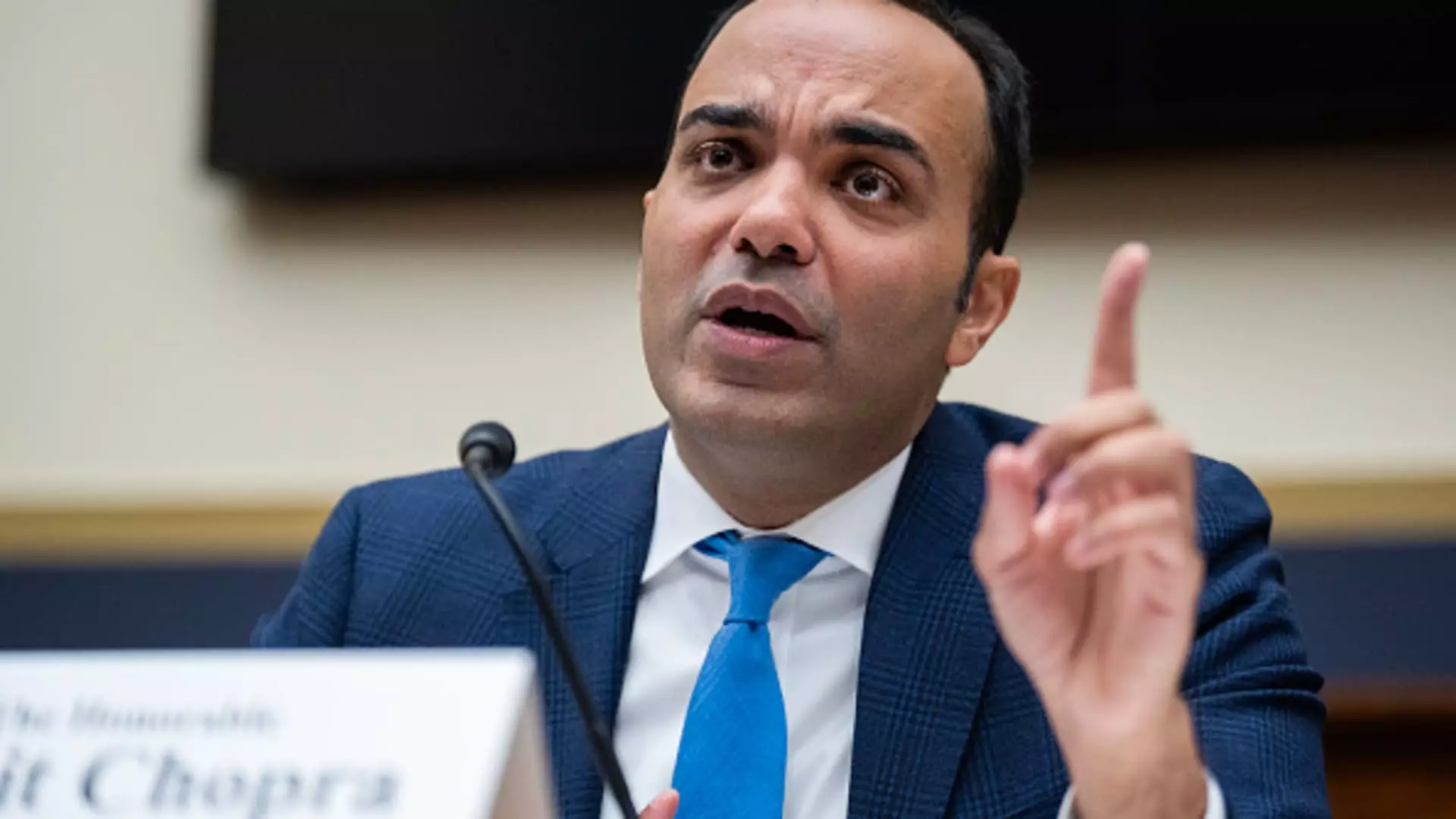The financial landscape in the United States is undergoing a significant transformation, particularly with regard to how banks handle overdraft fees. On a recent Thursday, the Consumer Financial Protection Bureau (CFPB) unveiled a pivotal rule aimed at curtailing the exorbitant charges banks impose on consumers for overdrafts. This regulation is projected to save American consumers an astounding $5 billion annually, a notable reprieve for those who might have faced financial strain due to these fees.
Under the newly instituted guidelines, banks will have the option to charge a mere $5 for each overdraft transaction, a substantial reduction from the steep average fee of about $35 that consumers have come to dread. Additionally, banks might choose to either restrict fees to an amount that merely reflects their operational costs or continue to impose other fees provided they clearly disclose the interest rates associated with these overdrafts. This change is indeed crucial, as it aims to eliminate what CFPB Director Rohit Chopra termed the “excessive junk fees” that have significantly drained the resources of American depositors.
Chopra’s remarks encapsulate the essence of this regulation: for years, major banks have maneuvered through legal loopholes to siphon off millions from consumers. By demanding transparency concerning the charges associated with overdrafts, the CFPB aims to hold these institutions accountable, ensuring that consumers are not blindsided by unexpected financial burdens.
A cursory glance at the history of overdraft fees reveals an industry ripe with controversy and opportunity. Since the year 2000, the CFPB estimates that overdraft fees have generated a staggering $280 billion in revenue for banks. Nevertheless, the trend has started to shift, with numerous lenders, including heavyweights like JPMorgan Chase and Bank of America, taking measures to either lower their fees or even eliminate them altogether. The new rule, which specifically targets banks and credit unions with assets exceeding $10 billion, signals a significant pivot in the regulatory approach to consumer finance.
Despite the benefits highlighted in the CFPB’s announcement, the banking sector is not prepared to roll over quietly. The advocacy groups for banks, which have a history of resisting regulatory changes, are now gearing up for a substantial fight against this new regulation. Their arguments reflect a deep-seated concern that imposing these limits on overdraft fees may inadvertently push consumers toward less favorable financial solutions, like payday loans, which have their own set of predatory characteristics.
As the new rule is slated to come into effect on October 1, 2025, its future appears uncertain, particularly with the anticipated changes in federal leadership. The potential upcoming administration led by Donald Trump is expected to appoint a CFPB director with a divergent view on consumer protection compared to the current Biden administration. Such a shift could dramatically alter the rule’s implementation and enforcement, as financial regulators often hold the power to reshape policies based on prevailing political philosophies.
Moreover, the recent stalling of another proposed rule—capping late fees on credit card payments at a modest $8—exemplifies the aggressive pushback from banking entities. This backdrop raises critical questions about the ability of consumer protection agencies to enforce measures aimed at safeguarding consumer interests in an industry characterized by pushback and lobbying.
The CFPB’s newly regulatory framework on overdraft fees embodies a crucial step towards reining in predatory banking practices that have long plagued American consumers. With the potential to significantly alleviate financial burdens, the rule represents a transition towards greater transparency and fairness in banking. However, the ongoing resistance from banking associations and the uncertain future of the rule under an impending change in administration cast a shadow over the optimism. Whether this new approach will be able to withstand the lobbying forces at play and ultimately deliver relief to consumers remains to be seen, but it is clear that the conversation surrounding overdraft fees is far from over.

